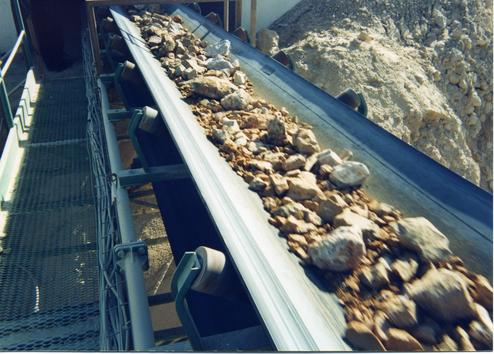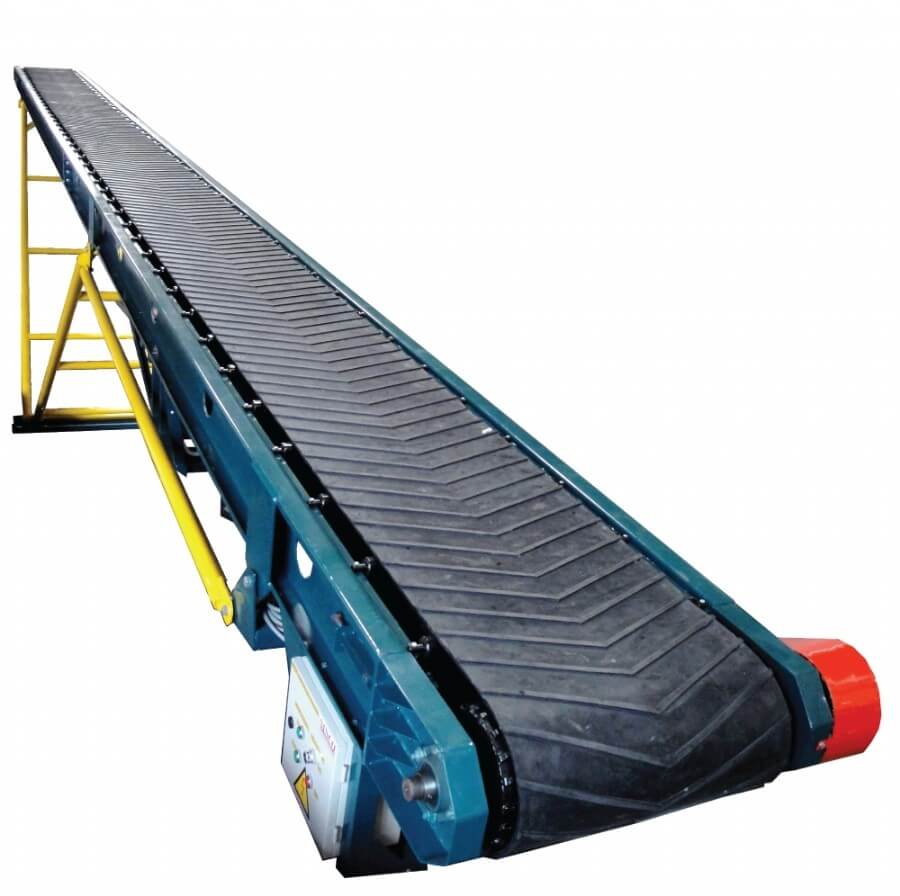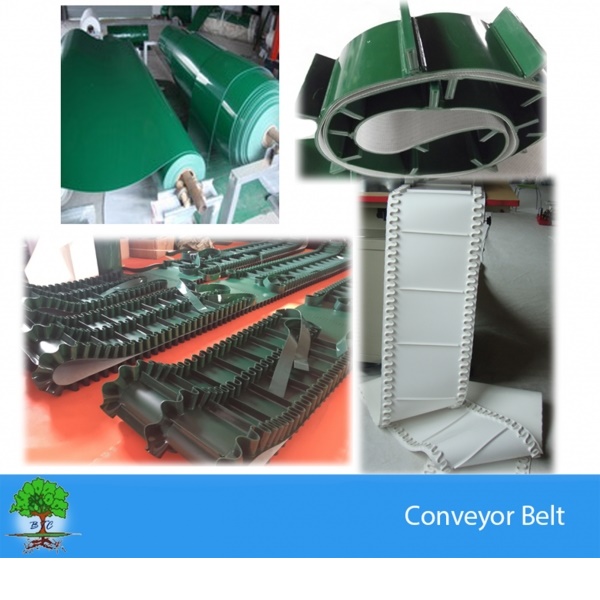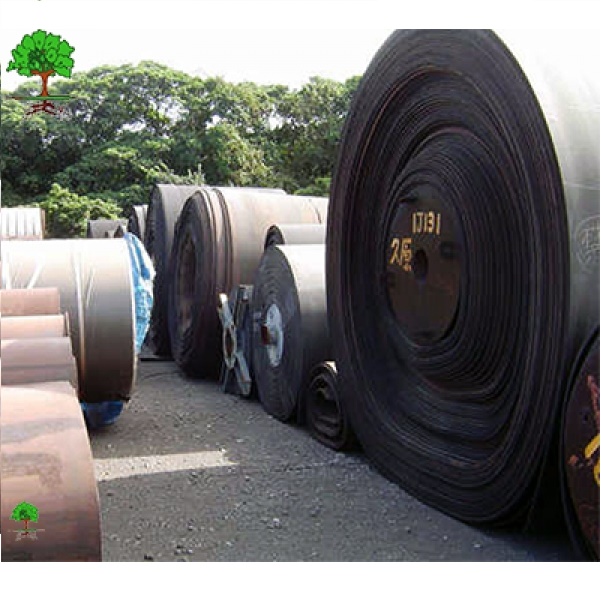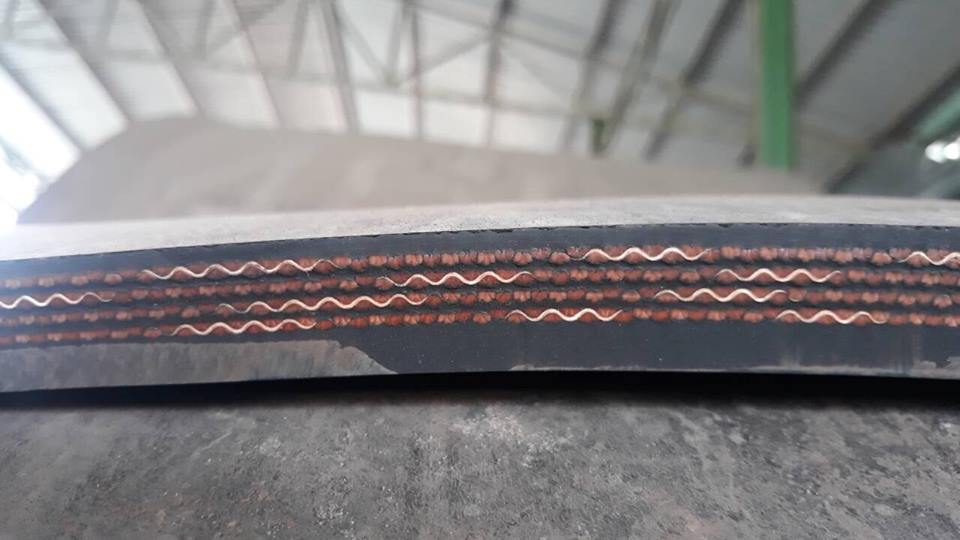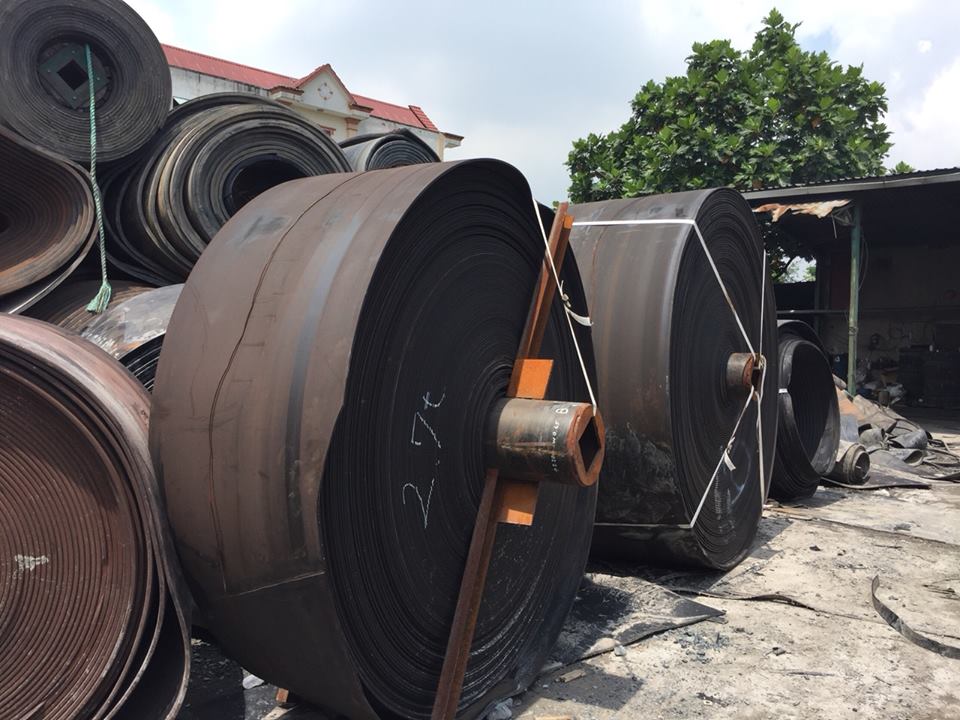Now, conveyor belts are the indispensable material in the agricultural and industrial sectors. However, there are too many conveyor belts distributors in the Vietnamese market now, so customers are quite confused in making the choice of high-quality conveyor belts companies within good price, and guaranteed service.
There are many types of conveyor belts, but the most popular and the best now are the rubber conveyor belts with fabric EP core and the steel core.
The MPA level is higher, the wear bearing level is better.
Evaluating the rubber conveyor belts:
- EP: is the specifications of the fabric core, the market often have 2 types.
EP: Polyester
NN: Nilon
- EP fabric core: have the tension and force bearing better than the NN ones.
Suitable EP will be well in force bearing and difficult to be elastic.
EP150x3 (Japanese goods) have the level of tension is 420N/m
EP200x5 (Chinese goods) have the level of tension is 560N/m
Some advantages of fabric core conveyor belts
- The elastic level is extremely small: make the conveyor belts begin faster, help save time, costs, electicity, thus increase the capacity, help the conveyor belts perform better, avoid broken, lead to repair and stop the system to replace the news.
- Wet bearing is good; some conveyor belts are designed to resist the oil, heat, wear, chemical, …
- Resisting the impact, high elasticity, etc.
- Top Cover Rubber
The top cover is made of special rubber compound to cover the inner reinforcing layers of a conveyor belt. Top cover is usually thicker than the bottom cover and can be made as flatbed or chevron. If the material to be conveyed is sharp (e.g. glass pieces, rocks, minerals, grains, etc.), the appropriate thickness of the top cover will also help extend the usage life of the conveyor belt.
2. Skim Coat Rubber
A special rubber compound that works like a glue coated on the reinforcing fabric to help strengthening the bonding between the inner rubber and cover rubber.
3. EP Fabric (Carcass)
The reinforcing layer made of polyester fabric that gives high tensile strength and also flexible enough to support the conveying materials. There are several specifications of polyester fabric depending on the size of the thread. The bigger the thread, the higher tensile strength it can support.
4. Bottom Cover Rubber
The same as top cover rubber but usually thinner because it was not designed to receive any impact from the material as the top cover.
** The rubber compound for the top and bottom cover has many grades. Each grade is suitable for a particular material and working environment. You can find more detail in the product section, or contact us for more information.
|
Number of ply |
Top cover (mm) |
Bottom cover (mm) |
Total (mm) |
|
2 |
2.5 |
1.5 |
6 |
|
3 |
2.5 |
1.5 |
7 |
|
4 |
3.5 |
1.5 |
9 |
|
5 |
3.5 |
1.5 |
10 |
|
6 |
4 |
2 |
12 |
|
Total thickness (mm) |
Weight (kg) |
|
6 |
7.8 |
|
7 |
9.1 |
|
8 |
10.4 |
|
9 |
11.7 |
|
10 |
13 |
|
11 |
14.3 |
|
12 |
15.6 |



.jpg)
